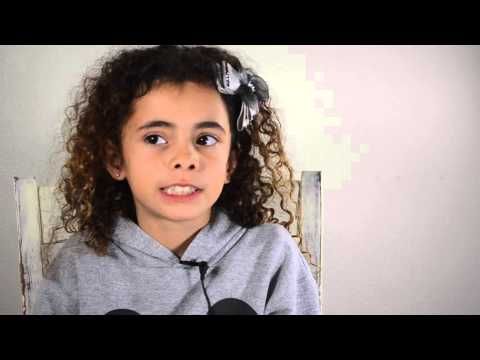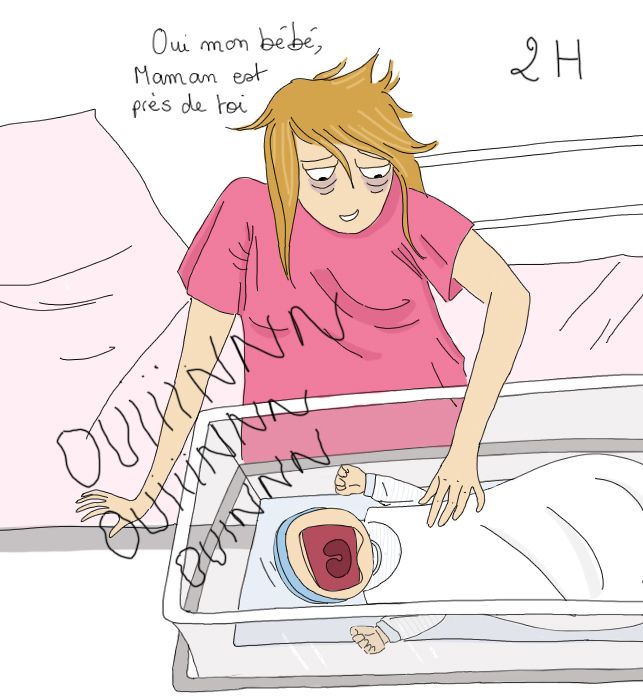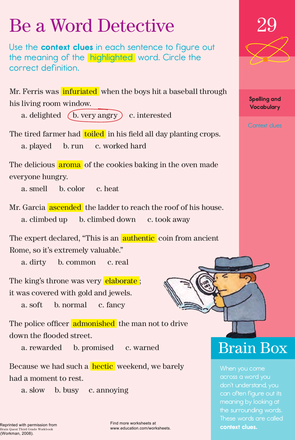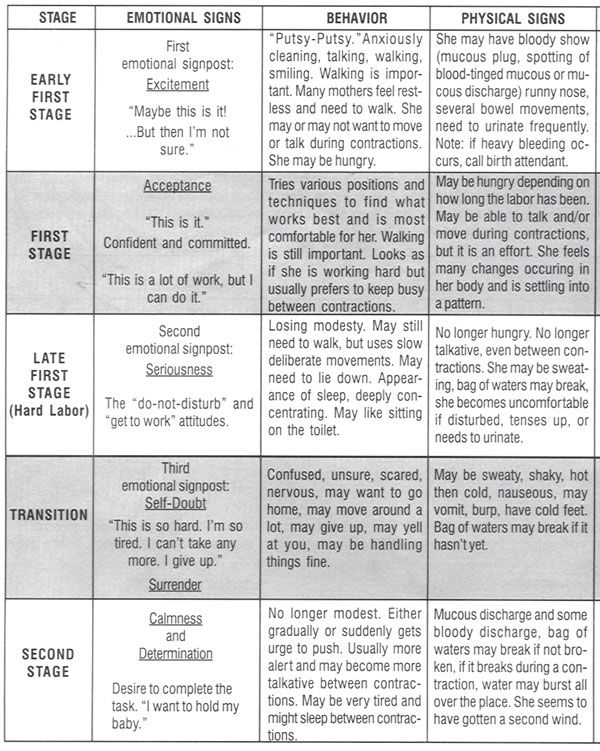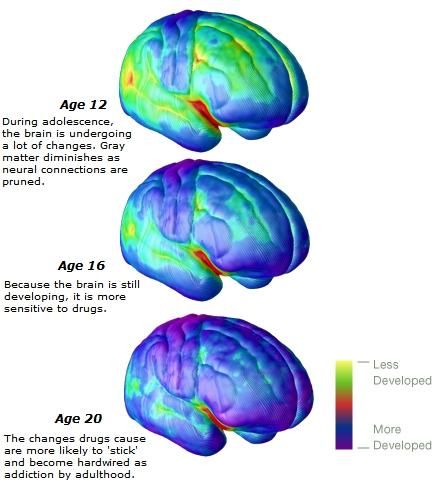Gender role development in children
Gender Identity Development in Children
By: Jason Rafferty MD, MPH, EdM, FAAP
There are many ways parents can promote healthy gender development in children. It helps to understand gender identity and how it forms.
What's the difference between gender and sex?
Being a boy or a girl, for most children, is something that feels very natural. At birth, babies are assigned male or female based on physical characteristics. This refers to the "sex" or "assigned gender" of the child. Meanwhile, "gender identity" refers to an internal sense people have of who they are that comes from an interaction of biological traits, developmental influences, and environmental conditions. This may be male, female, somewhere in between, a combination of both or neither.
Self-recognition of gender identity develops over time, much the same way a child's physical body does. Most children's asserted gender identity aligns with their assigned gender (sex). However, for some children, the match between their assigned gender and gender identity is not so clear.
How does gender identity develop in children?
Gender identity typically develops in stages:
Around age two: Children become conscious of the physical differences between boys and girls.
Before their third birthday: Most children can easily label themselves as either a boy or a girl.
By age four: Most children have a stable sense of their gender identity.
During this same time of life, children learn gender role behavior—that is, doing "things that boys do" or "things that girls do." However, cross-gender preferences and play are a normal part of gender development and exploration regardless of their future gender identity. See The Power of Play - How Fun and Games Help Children Thrive.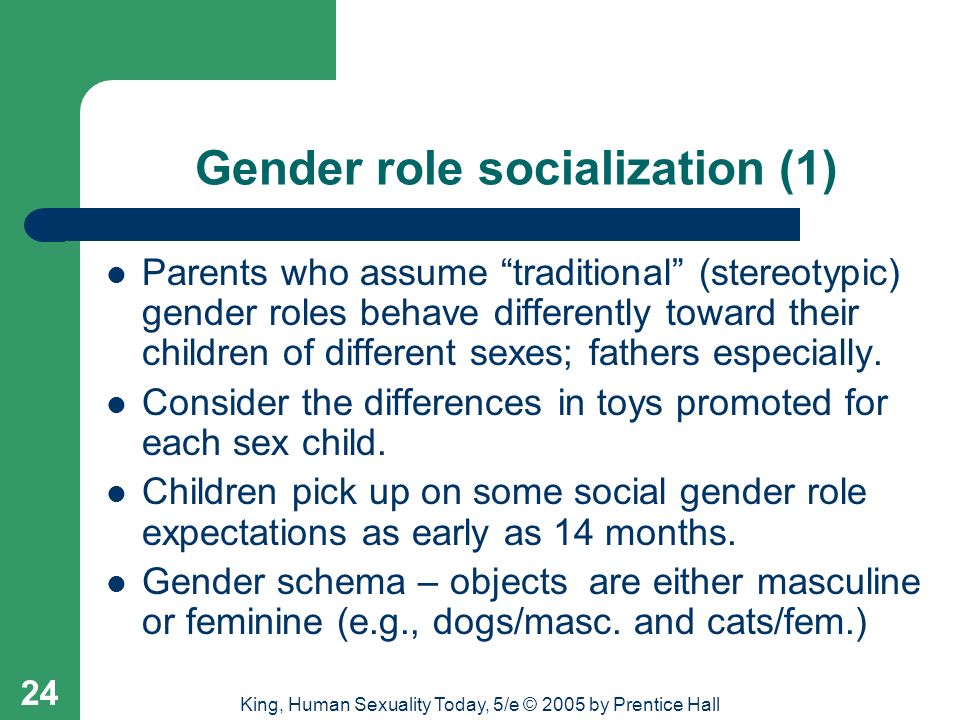
The point is that all children tend to develop a clearer view of themselves and their gender over time. At any point, research suggests that children who assert a gender-diverse identity know their gender as clearly and consistently as their developmentally matched peers and benefit from the same level of support, love and social acceptance.
What parents can do:
All children need the opportunity to explore different gender roles and different styles of play. Parents can make sure their young child's environment reflects diversity in gender roles and encourages opportunities for everyone. Some ideas would be to offer:
Children's books or puzzles showing men and women in non-stereotypical and diverse gender roles (stay-at-home dads, working moms, male nurses and female police officers, for example).
A wide range of toys for your child to choose from, including baby dolls, toy vehicles, action figures, blocks, etc.
By age 6, most children spend most of their playtime with members of their own sex and may gravitate towards sports and other activities that are associated with their gender.
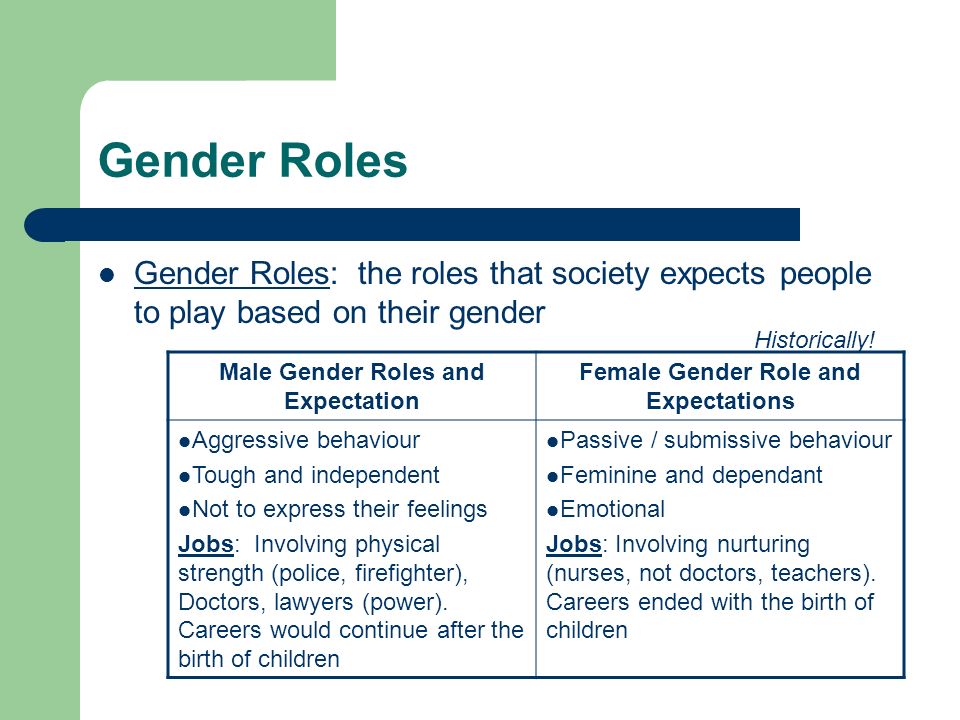 It is important to allow children to make choices regarding friend groups, sports and other activities they get involved in. It is also a good idea to check in with your child to learn about their preferences and to make sure they feel included without teasing or bullying.
It is important to allow children to make choices regarding friend groups, sports and other activities they get involved in. It is also a good idea to check in with your child to learn about their preferences and to make sure they feel included without teasing or bullying.
How do children typically express their gender identity?
In addition to their choices of toys, games, and sports, children typically express their gender identity in the following ways:
Clothing or hairstyle
Preferred name or nickname
Social behavior that reflects varying degrees of aggression, dominance, dependency and gentleness.
Manner and style of behavior and physical gestures and other nonverbal actions identified as masculine or feminine.
Social relationships, including the gender of friends, and the people they decide to imitate.
While a child's gender-specific behavior (i.e. gender expression) at any time seems to be influenced by exposure to stereotypes and their identification with the people in their lives, the internal sense of being a girl, boy, in between or something else (i.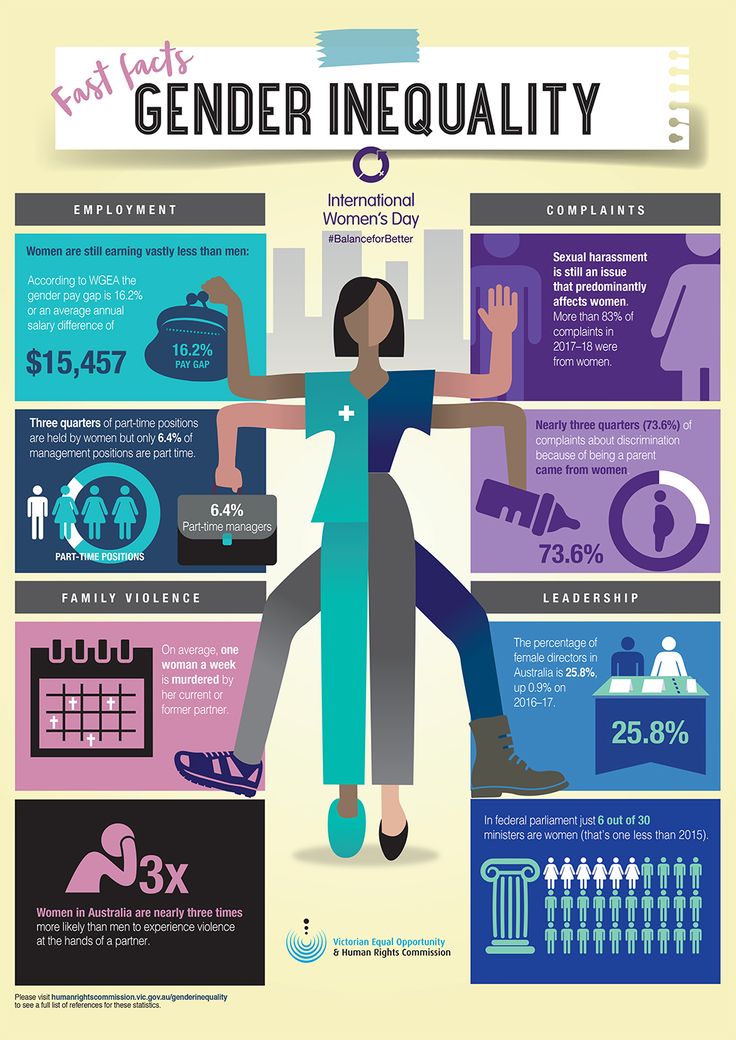 e. gender identity) cannot be changed.
e. gender identity) cannot be changed.
How have gender stereotypes changed over time?
Our expectations of "what girls do" and "what boys do" have changed. Many female athletes excel at their sports. Girls increasingly pursue subjects traditionally thought of as "masculine." There are many famous male chefs, artists, and musicians―fields traditionally thought of as "feminine." Over time, society has recognized that stereotypes of "masculine" and "feminine" activities and behaviors are inaccurate and limiting to a child's development. Such interests also do not determine or influence one's gender identity. Furthermore, our ability to predict who a child is based on early preferences is not very accurate and may be harmful if it leads to shame or attempts at suppressing their skills, talents and genuine self.
Still, when a child's interests and abilities are different from what society expects, they may be subjected to discrimination and bullying.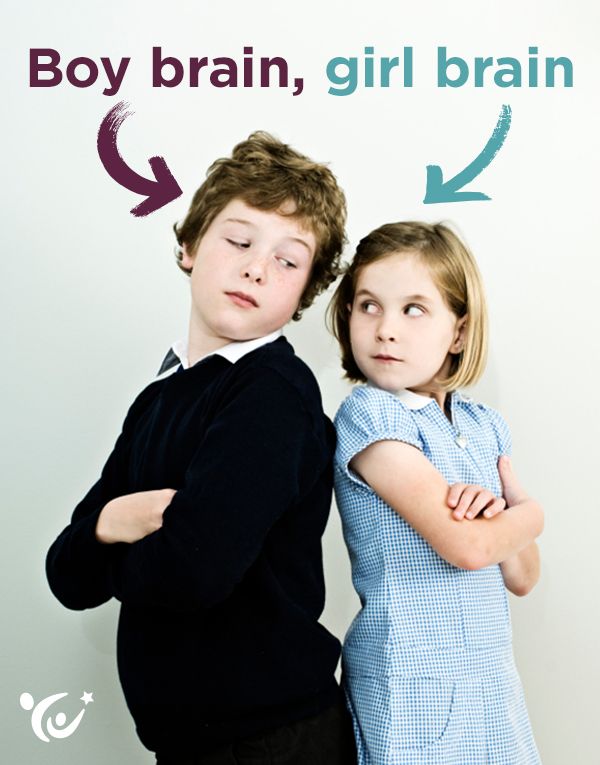 It is natural for parents to have gender-based expectations for their children and to want to protect them from criticism and exclusion. Instead of pushing children to conform to these pressures and to limit themselves, parents can play an important role in advocating for safe spaces where their children can feel comfortable and good about themselves.
It is natural for parents to have gender-based expectations for their children and to want to protect them from criticism and exclusion. Instead of pushing children to conform to these pressures and to limit themselves, parents can play an important role in advocating for safe spaces where their children can feel comfortable and good about themselves.
If your child doesn't excel in sports or even have an interest in them, for example, there will still be many other opportunities and areas in which they can thrive. Regardless of gender identity, each child has their own strengths that may not always conform to society's or your own expectations, but they will still be a source of current and future success.
Remember
Gender development is a normal process for all children. Some children will exhibit variations―similar to all areas of human health and behavior. However, all children need support, love and care from family, school and society, which fosters growth into happy and healthy adults.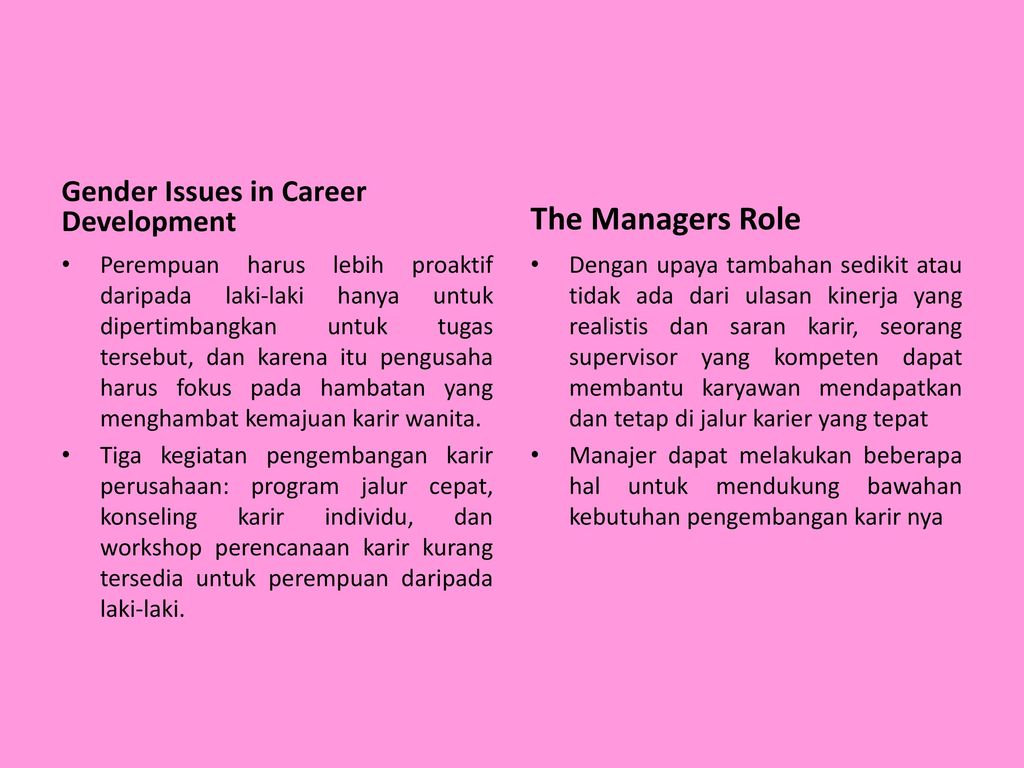
Additional Information & Resources:
Gender-Diverse & Transgender Children
Parenting a Gender-Diverse Child: Hard Questions Answered
Sex, Gender Identity & Puberty
How You Can Help Your Child Avoid & Address Bullying
Ensuring Comprehensive Care and Support for Transgender and Gender-Diverse Children and Adolescents (AAP Policy Statement)
About Dr. Rafferty
Jason Rafferty, MD, MPH, EdM, FAAP, is a "Triple Board" residency graduate who is pediatrician and child psychiatrist at Thundermist Health Centers, a Patient-Centered Medical Home in Rhode Island. He specializes in adolescent substance use disorders and gender and sexual development, and also practices in related specialty clinics at Hasbro Children's Hospital and Emma Pendleton Bradley Hospital. Dr. Rafferty is an advocate in his local community and on a national level through work with the American Academy of Pediatrics on issues including the emotional health of young men, access to care for LGBTQ youth, and prevention of childhood homelessness.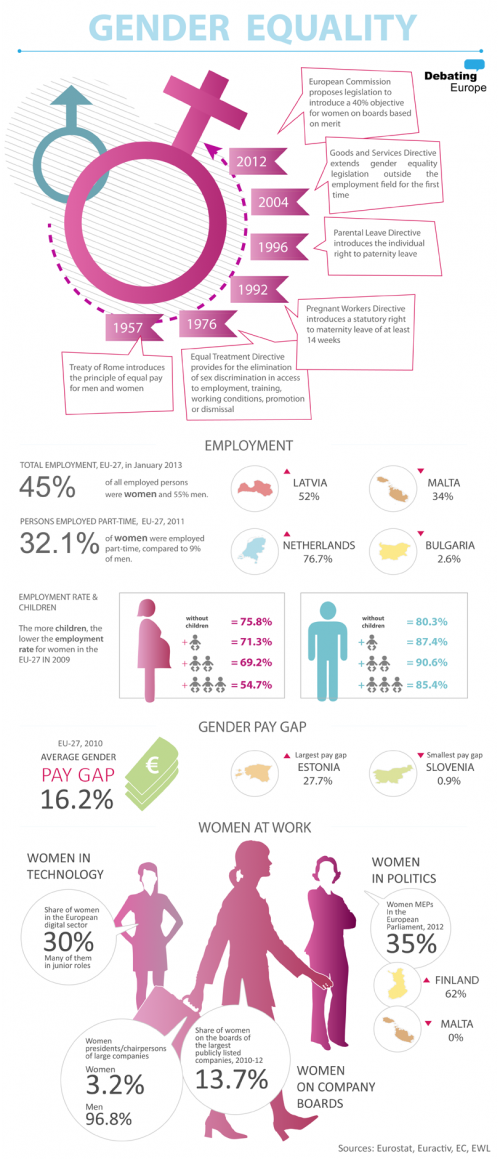
The information contained on this Web site should not be used as a substitute for the medical care and advice of your pediatrician. There may be variations in treatment that your pediatrician may recommend based on individual facts and circumstances.
Gender roles and identity in children
Gender roles and identity in children | Pregnancy Birth and Baby beginning of content6-minute read
Listen
It’s common for people to think of the terms ‘sex’ and ‘gender’ as being the same, but they mean different things. Someone’s sex refers to their physical biology: being male or female. A person’s gender identity, however, is a person’s sense of who they are – male, female, both or neither.
Your gender identity is a deep sense of your own gender. In some cases, a person’s gender identity may be different from their biological sex.
In some cases, a person’s gender identity may be different from their biological sex.
When do children become aware of their gender?
Most children start showing their gender identity at around 2 to 3 years of age. They may do this by choosing certain toys, colours and clothes that seem to appeal more to boys or girls. By the time they reach 3 years old, most children prefer to play games which they think fit their gender, and with other children who are the same sex as them. For example, boys may play together with trucks and girls may play together with dolls.
However, children don’t start to think of their gender as being fixed, or ‘forever’, until they reach 6 or 7 years old. This happens when they are old enough to understand what gender actually means and they have fully ‘socialised’. This means they behave in the ways they think their environment expects them to.
What creates gender roles?
Gender roles are influenced both by our genes (a part of our biology) and our environment. Children often copy adult role models such as their parents or teachers. So if a boy sees his father mostly doing jobs like fixing the car, or a girl sees her mother doing most of the cooking, the child may think these are ‘men’s jobs’ and ‘women’s jobs’.
Children often copy adult role models such as their parents or teachers. So if a boy sees his father mostly doing jobs like fixing the car, or a girl sees her mother doing most of the cooking, the child may think these are ‘men’s jobs’ and ‘women’s jobs’.
However, it’s important that children know that girls can do well at games, sports and school subjects like maths, which society has typically associated with boys. Likewise, it’s important for boys to have the freedom to follow their interests, regardless of whether it fits what people have traditionally thought is appropriate for boys.
Here are some things you can do to help prevent your child from developing gender stereotypes when they are young. (A stereotype is a commonly understood, but fixed, set of ideas and views about what it means to be a certain type of person.)
- Give them games, media, books and puzzles that are gender-neutral or show men and women in non-stereotypical roles, e.g. a female fire fighter or male nurse.
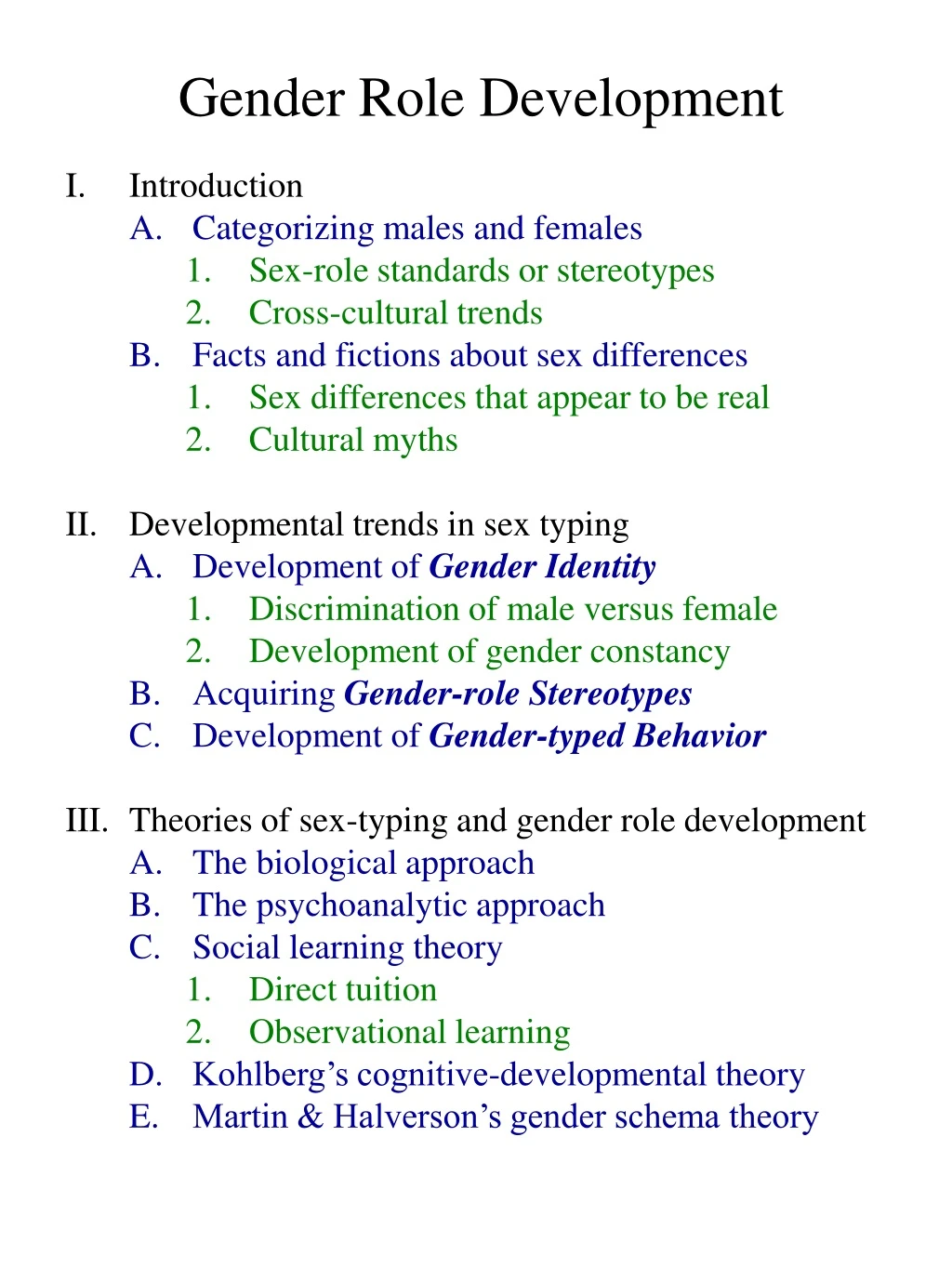
- Give both girls and boys a wide range of toys to play with, e.g. trucks, dolls, action figures and blocks.
- Allow children to choose the sports or activities that interest them.
- Let your child see you doing a variety of tasks that may not be ‘typical’ of their gender. For example, dad could do the laundry and mum could mow the lawn.
- Praise both girls and boys for the same behaviour. For example, if they are neat, courageous, kind or physically active.
- Encourage children to make friends with both girls and boys.
- Try to use gender-neutral terms such as ‘fire fighter’ rather than ‘fireman’.
Gender inequality
Gender inequality emerges when people are treated differently and are discriminated against, based on their gender.
Australia has made some progress in supporting equality for women. However, women are still, on average, paid less than men; take on more low-paid or unpaid caregiving roles; experience more workplace discrimination and sexual harassment; and are more likely to be the victims of partner violence.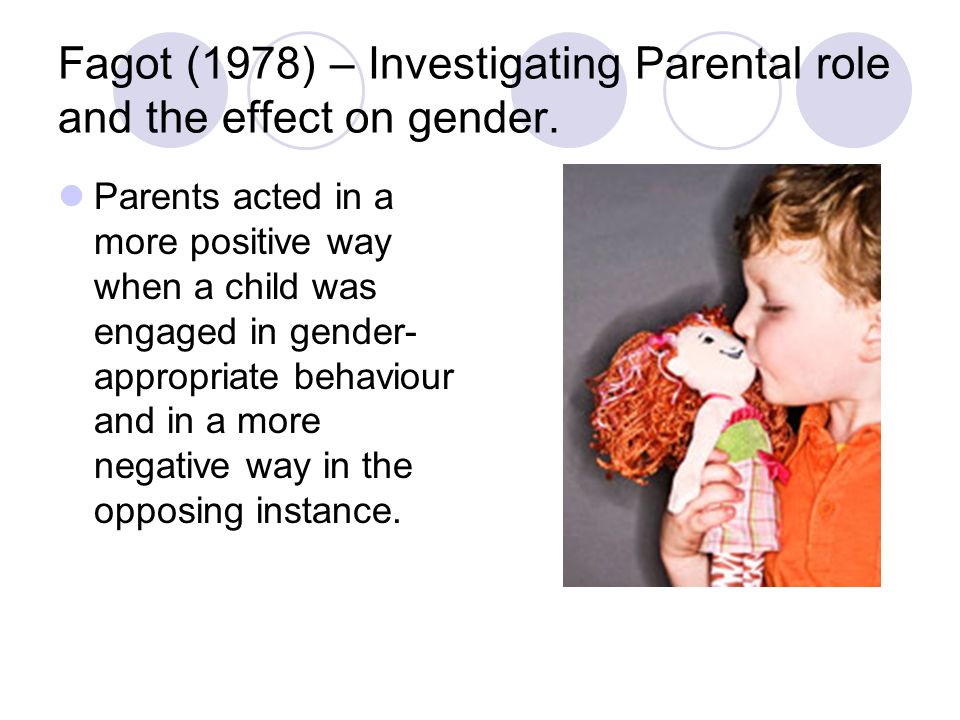
Gender diverse individuals include transgender, where their gender identity does not match their biological sex, non-binary (neither male nor female, or a blend), gender fluid (moves between gender identities) or agender (doesn’t identify with any gender). Youth and adults in Australia who are transgender or gender diverse can also experience high levels of discrimination, bullying and harassment. This can lead to feelings of loneliness and isolation as well as mental health issues such as depression, anxiety or suicidal thoughts.
It’s important for children to learn how to develop social skills to communicate respectfully with each other and to learn appropriate boundaries, regardless of gender. At home, and through some school programs, children can be taught to:
- understand their emotions and how to handle them
- solve problems effectively
- manage bad moods and stress
- know how to go to friends or others for help
- encourage relationships which are respectful and caring
What is gender dysphoria?
Gender dysphoria is the emotional distress experienced by transgender or gender diverse people, caused by feeling they were born into the wrong body.
At around 3 years of age or older, many children who are transgender or gender diverse will begin to express their identities, as other children do, through their play, behaviour and choices. This could mean dressing more like the opposite sex or playing games or with toys typically associated with the other sex.
However, it’s normal for all children to experiment with gender roles and make sense of their place in the world, as a girl or a boy. This exploration does not necessarily mean your child is transgender.
In younger children, gender dysphoria may show up in the form of emotional problems or behavioural issues. You may also notice the child repeatedly saying they belong to the opposite sex, or want to be the opposite sex, or will be when they grow up. They may persistently draw pictures of the opposite sex. For example, a boy might often draw pictures of girls or women.
Just over 1 in 100 Australian school-aged children identify as transgender. As gender diverse children reach puberty and the teenage years, their bodies undergo changes in line with their sex rather than their gender.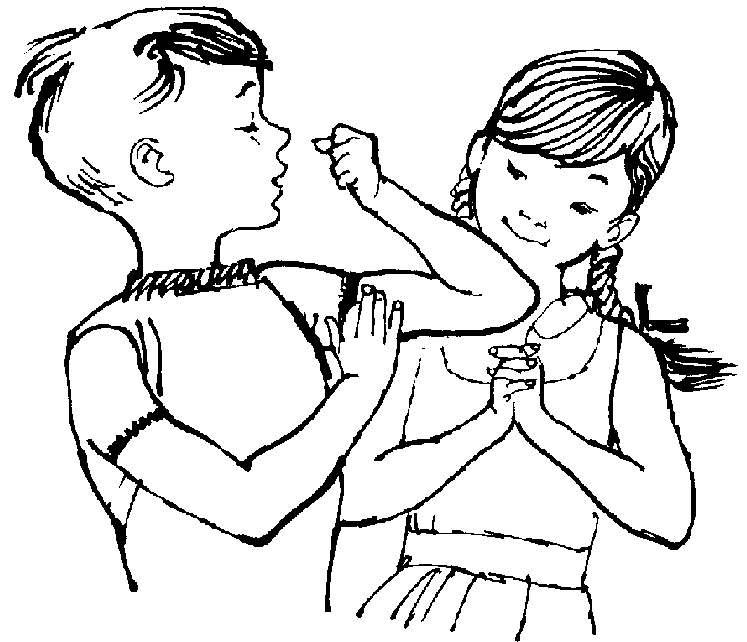 This can cause them to become extremely distressed and they may experience mental health issues. In this case, it’s best to seek professional help.
This can cause them to become extremely distressed and they may experience mental health issues. In this case, it’s best to seek professional help.
Treatment of gender dysphoria in children
It’s important that a transgender child or teenager has supportive people in their home, school and community who will understand and affirm their gender identity.
In teens with gender dysphoria, the following treatment may be offered:
- In early puberty, puberty blockers can prevent the usual growth of sex organs and hormones.
- In late puberty, from 16 years onwards, hormone treatment using oestrogen or testosterone can change the body to match the teen’s gender identity.
In Australia, parental permission is required for any teen or child under 18 years old to receive hormone treatment. No child under 18 is legally permitted to have gender reassignment surgery.
Where to go for more information and help
- Royal Children’s Hospital Gender Service
- Transcend
- Parents of Gender Diverse Children
- The Gender Centre
- Student Wellbeing Hub
- Australian Human Rights Commission
- Kids Helpline 1800 551 800
Sources:
The Royal Children's Hospital Melbourne (Gender dysphoria), Australian Human Rights Commission (Addressing sexual orientation and sex and or gender identity discrimination - consultation report 2011), Child Development (The Emergence of Same-Sex Affiliative Preferences among Preschool Peers), Hormones and Behavior (Early androgens activity levels and toy choices of children in the second year of life), raisingchildren. net.au (Gender identity, gender diversity and gender dysphoria: children and teenagers), The Royal Children's Hospital Melbourne (Australian Standards of Care and Treatment Guidelines for trans and gender diverse children and adolescents), Human Rights Law Centre (Human Rights Case Summaries), University of Melbourne (Breaking gender stereotypes. Early.)
net.au (Gender identity, gender diversity and gender dysphoria: children and teenagers), The Royal Children's Hospital Melbourne (Australian Standards of Care and Treatment Guidelines for trans and gender diverse children and adolescents), Human Rights Law Centre (Human Rights Case Summaries), University of Melbourne (Breaking gender stereotypes. Early.) Learn more here about the development and quality assurance of healthdirect content.
Last reviewed: February 2020
Back To Top
Need further advice or guidance from our maternal child health nurses?
1800 882 436
Video call
- Contact us
- About us
- A-Z topics
- Symptom Checker
- Service Finder
- Linking to us
- Information partners
- Terms of use
- Privacy
Pregnancy, Birth and Baby is funded by the Australian Government and operated by Healthdirect Australia.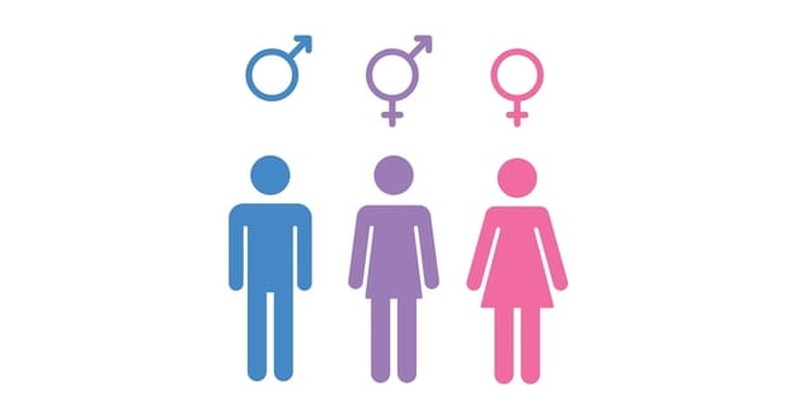
Pregnancy, Birth and Baby is provided on behalf of the Department of Health
Pregnancy, Birth and Baby’s information and advice are developed and managed within a rigorous clinical governance framework. This website is certified by the Health On The Net (HON) foundation, the standard for trustworthy health information.
This site is protected by reCAPTCHA and the Google Privacy Policy and Terms of Service apply.
This information is for your general information and use only and is not intended to be used as medical advice and should not be used to diagnose, treat, cure or prevent any medical condition, nor should it be used for therapeutic purposes.
The information is not a substitute for independent professional advice and should not be used as an alternative to professional health care. If you have a particular medical problem, please consult a healthcare professional.
Except as permitted under the Copyright Act 1968, this publication or any part of it may not be reproduced, altered, adapted, stored and/or distributed in any form or by any means without the prior written permission of Healthdirect Australia.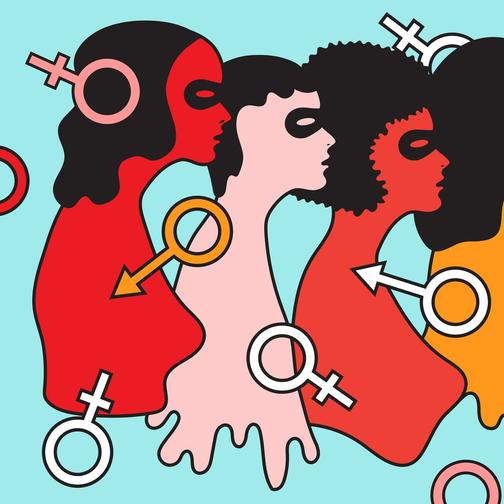
Support this browser is being discontinued for Pregnancy, Birth and Baby
Support for this browser is being discontinued for this site
- Internet Explorer 11 and lower
We currently support Microsoft Edge, Chrome, Firefox and Safari. For more information, please visit the links below:
- Chrome by Google
- Firefox by Mozilla
- Microsoft Edge
- Safari by Apple
You are welcome to continue browsing this site with this browser. Some features, tools or interaction may not work correctly.
Development of gender representations in preschool children
%PDF-1.5 % 10 obj > /Metadata 4 0 R >> endobj 5 0 obj /Title >> endobj 20 obj > endobj 3 0 obj > endobj 40 obj > stream
Development of gender representations in preschool children in the process of play activities
Authors : Pridatko Olga Mikhailovna, Khankhabaeva Tatyana Sergeevna
Rubric : Psychology
Posted by in young scientist #12 (354) March 2021
Publication date : 03/18/2021 2021-03-18
Article viewed: 240 times
Download electronic version
Download Part 1 (pdf)
References:
Prydatko, O.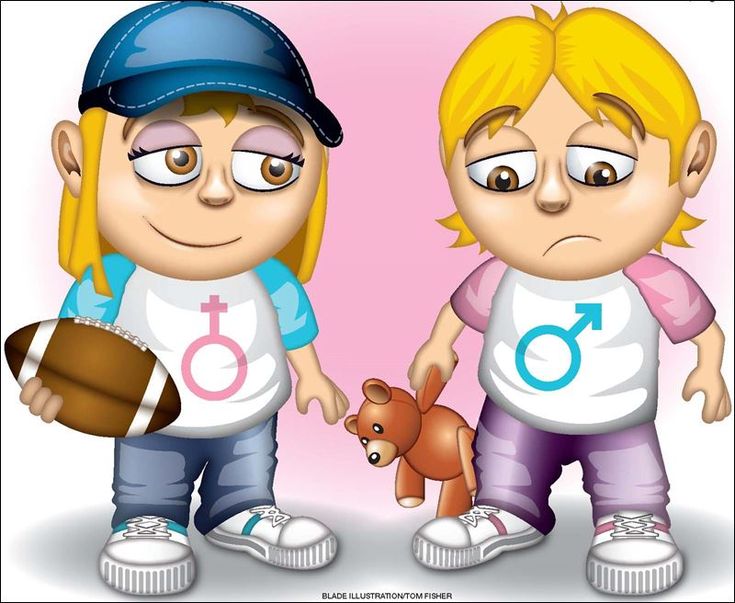 M. Development of gender representations in preschool children in the process of playing activity / O. M. Prydatko, T. S. Khankhabaeva. - Text: direct // Young scientist. - 2021. - No. 12 (354). — S. 67-69. — URL: https://moluch.ru/archive/354/79298/ (date of access: 07.11.2022).
M. Development of gender representations in preschool children in the process of playing activity / O. M. Prydatko, T. S. Khankhabaeva. - Text: direct // Young scientist. - 2021. - No. 12 (354). — S. 67-69. — URL: https://moluch.ru/archive/354/79298/ (date of access: 07.11.2022).
The article discusses the basics of the development of gender representations in preschool children. The features of the development of gender representations in younger preschoolers in the process of playing activities are revealed. The development of gender representations in preschool children is currently one of the main topics in preschool education.
Keywords: gender, gender representations, younger preschoolers, game activity.
Sexual difference in nature acts as a biological entity that differentiates people according to their reproductive system, behavioral characteristics, body and body structure into men and women.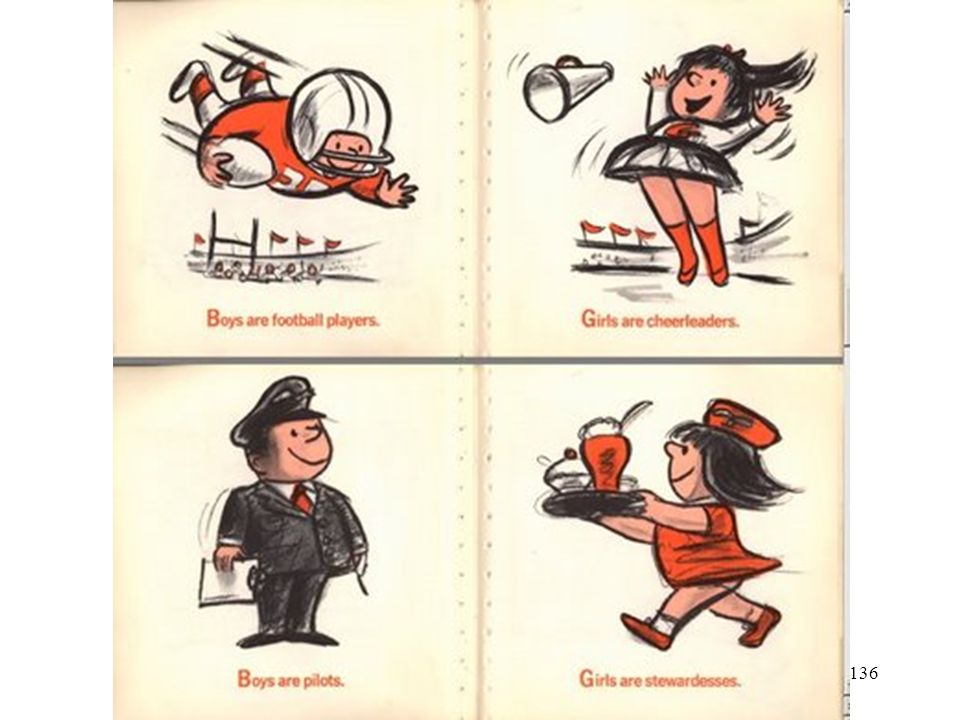 A person from early childhood is able to realize his gender, but the differences in the early stages of growing up are not entirely clear, in consciousness there is no clear distinction between male and female. A clearer understanding of gender differences is formed in a child by the age of 5–6; children at this age already have a clear idea of their gender and the characteristics of male and female behavior.
A person from early childhood is able to realize his gender, but the differences in the early stages of growing up are not entirely clear, in consciousness there is no clear distinction between male and female. A clearer understanding of gender differences is formed in a child by the age of 5–6; children at this age already have a clear idea of their gender and the characteristics of male and female behavior.
Gender identity is a rather complex socio-biological process, in which hormonal, chromosomal, social and morphological factors are coordinated that meet the definition of healthy development of feelings of gender identity in an individual [1, p. 29].
The works of many domestic and foreign studies are devoted to the issues of sexual (gender) identity, however, so far there has not been a single scientific point of view in defining this concept. Most scientists (V. E. Kagan, Z Freud, J. Stockard, M. Johnson, L. Kohlberg, N. M. Aksarina, N. V. Koroleva) rely on on biological differences, this definition is supplemented by other scientists who, in addition to the biological aspect, single out a social component, including the sex-role behavior of an individual in society.
The concept of "gender representation" is considered as a person's awareness of his biological sex and role in the social space. The problem of gender identification contributed to the development of many psychological theories in which scientists considered the essence of the formation of an individual's gender perception. Representatives of psychoanalytic theory (Z. Freud, K. Jung, E. Maccoby, I. S. Kletsina) considered the main process of the development of gender identity to be the communication of a child with parents. The theory of cognitive development implies that the formation of knowledge about one's own gender is directly related to the intellectual development of the child, as well as the social norms in which he exists [5, p. 26].
In the formation of gender representations, the game occupies a leading place. In the game, the child tries on the role of an adult, imitating his actions taken from everyday life, identifies himself with a certain profession that is inherent in people of his gender.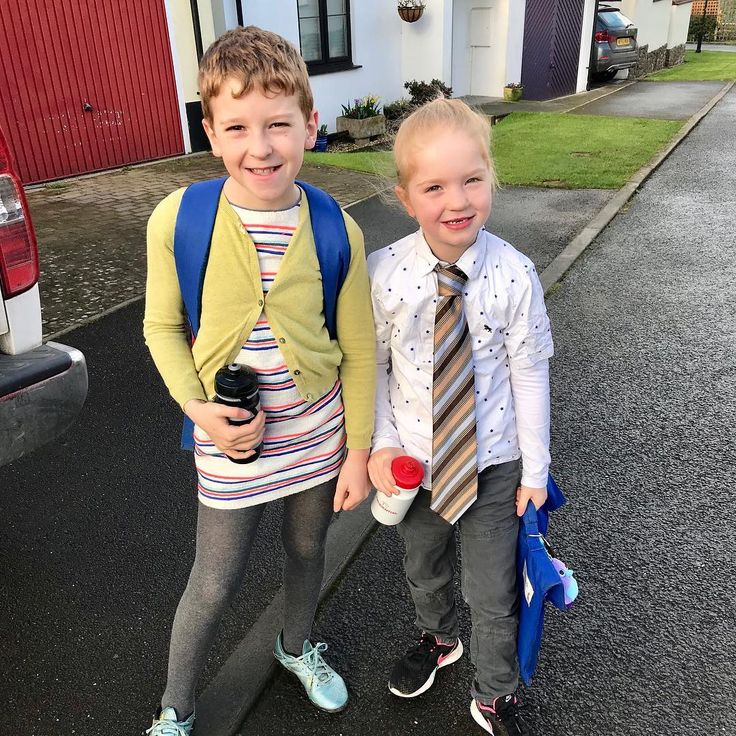 Thus, the leading game that contributes to the formation of gender representations is a role-playing game.
Thus, the leading game that contributes to the formation of gender representations is a role-playing game.
The plot-role-playing game is aimed at developing the mental aspects and qualities of the personality, contributes to the transition to visual-figurative thinking, influencing the imagination. Many domestic scientists studied the influence of the game on the formation and development of gender representations, among them D. B. Elkonin, N. M. Aksarina, N. V. Koroleva, L. S. Vygotsky and others. The scientists agreed that role-playing games basically contain elements of the surrounding reality of the child. Children at preschool age build games on their imagination, they reproduce what happens to them in everyday life around them, what is most interesting and attractive at their age. Parents and educators can only control the game by setting its course [6, p. 40].
At preschool age, psychological neoplasms associated with gender identification appear in children.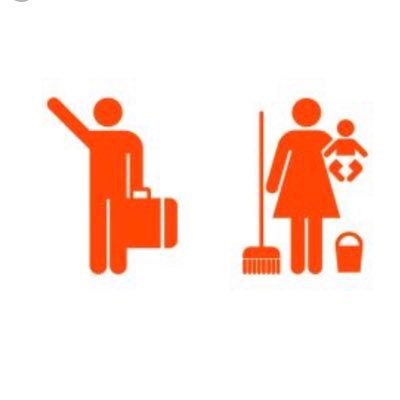 In this regard, in the game, children mainly use the scenario of identifying a certain type of human activity and its relationships in society, they play gender roles that are fixed in the mind of the child. So, in the game of the hospital, both a girl and a boy can play the role of a doctor, while in the game of a family, the roles have clear gender differences, thus, depending on the plot of the game, children choose roles, taking into account gender identification. According to Lisina, the play activity of preschool children meaningfully characterizes his family upbringing, interaction with adults and educators, who act as a kind of base for fixing social roles [5, p. 16].
In this regard, in the game, children mainly use the scenario of identifying a certain type of human activity and its relationships in society, they play gender roles that are fixed in the mind of the child. So, in the game of the hospital, both a girl and a boy can play the role of a doctor, while in the game of a family, the roles have clear gender differences, thus, depending on the plot of the game, children choose roles, taking into account gender identification. According to Lisina, the play activity of preschool children meaningfully characterizes his family upbringing, interaction with adults and educators, who act as a kind of base for fixing social roles [5, p. 16].
Thus, preschool age is the main stage in the formation of gender representations in a child, since it is at this age that all the most important personal qualities of a child are formed. Orientation of the child to the values and norms of behavior inherent in his gender are formed not only in the family, but also in kindergarten, where the child spends most of his time.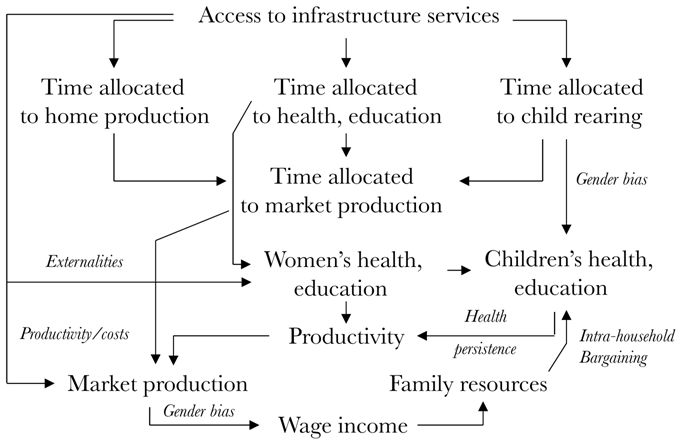 By the end of the senior preschool age, the child has already fully formed a self-image, which implies a healthy idea of \u200b\u200bits own gender and gender characteristics of behavior. In part, children become aware of their gender by observing their parents, in the future they try to imitate their behavior and evaluate the reactions of adults to their own actions. In this regard, it can be noted that familiarization with sex also occurs through verbal communication and active participation in role-playing games, therefore, gender identification occurs in the process of social cognition.
By the end of the senior preschool age, the child has already fully formed a self-image, which implies a healthy idea of \u200b\u200bits own gender and gender characteristics of behavior. In part, children become aware of their gender by observing their parents, in the future they try to imitate their behavior and evaluate the reactions of adults to their own actions. In this regard, it can be noted that familiarization with sex also occurs through verbal communication and active participation in role-playing games, therefore, gender identification occurs in the process of social cognition.
In order to determine the development of gender representations of preschool children in the process of playing activities, an experimental study was conducted among pupils of the MBDOU "Kindergarten No. 89" Zhuravlyonok "Ulan-Ude. The experiment involved children of primary preschool age. In order to assess the formation of gender representations, the following research methods were identified: the “Toy Choice” method, N.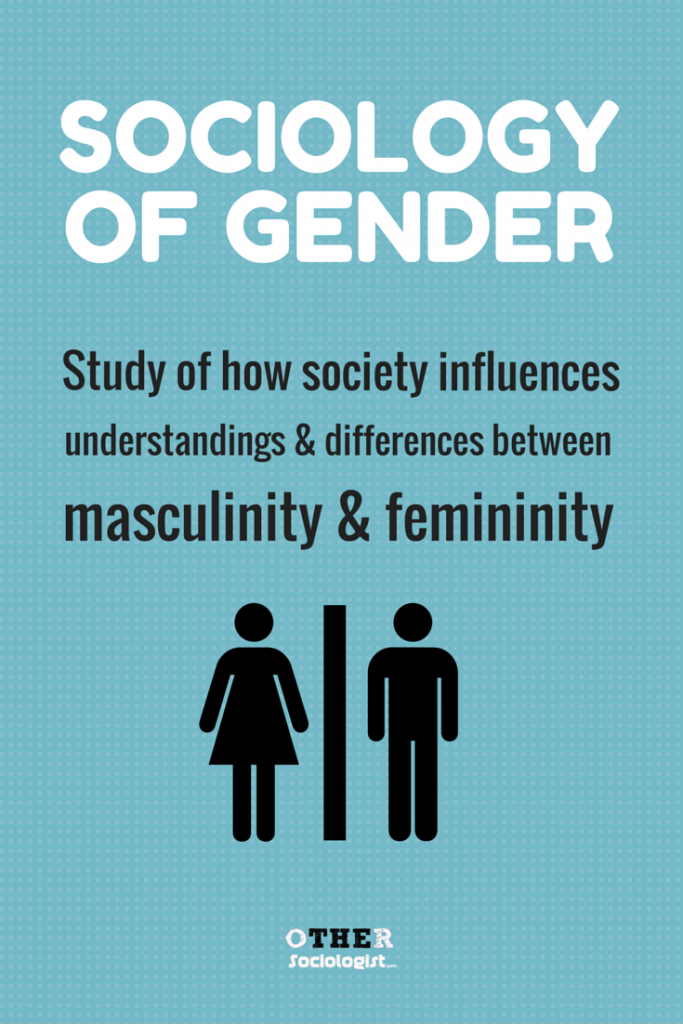 P. Tsareva; the technique “Name whose things”, Ya. S. Kolominsky; "Who am I?", A. I. Zakharov; "Gender and age identification", N.L. Belopolskaya.
P. Tsareva; the technique “Name whose things”, Ya. S. Kolominsky; "Who am I?", A. I. Zakharov; "Gender and age identification", N.L. Belopolskaya.
The results showed that the criterion for the formation of gender representations among preschoolers is at an average level, the gender attitude "independence" and "indifference" prevails, such characteristics as femininity and masculinity are absent, the criterion "correlation with one's image of "I"" has an average level, correlation prevails themselves with their interests and hobbies, the criterion of gender and age identification is generally formed, however, there is a certain percentage of misunderstanding of changes in oneself over time. Also, in children's play activities, there is a division into "girls" and "boys" groups, in connection with this, communication between girls and boys in the game becomes less.
In connection with this aspect, a psychological and pedagogical program was developed and carried out, aimed at developing gender representations and the formation of gender identity of preschool children in the process of playing activities and family education, as a result of which the level of gender representations in children has noticeably changed: the number of subjects with a high level increased by an average of 20%, with an average level of 15%, indicators indicating a low level of development decreased by an average of 30%.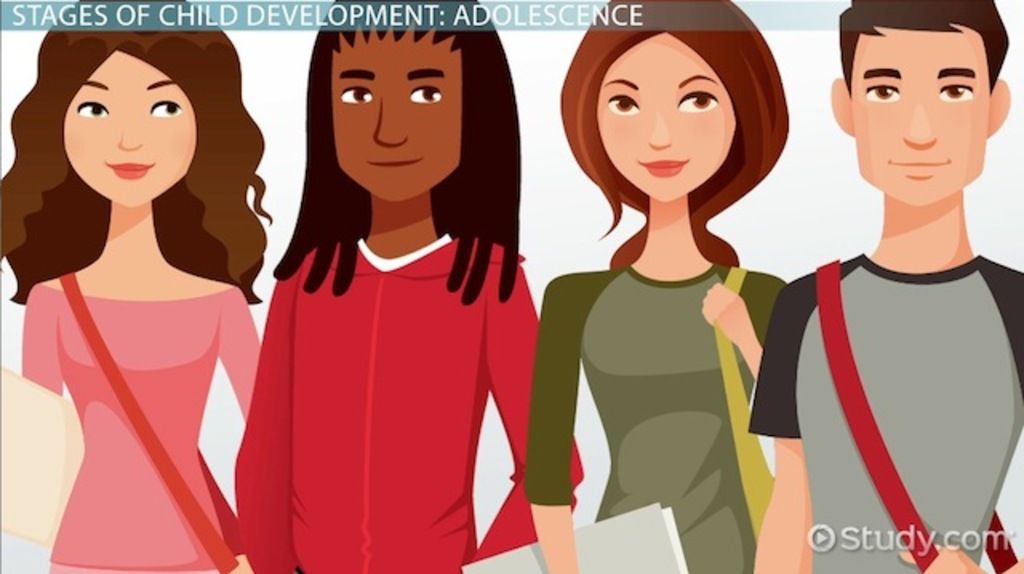
Literature:
- Abramenkova VV Gender differentiation and interpersonal relations in the children's group / VV Abramenkova. — M.: KNORUS, 2017. — 60 p.
- Ageev V.S. Psychological and social functions of sex-role stereotypes // Questions of Psychology. — 2017. No. 2. S. 152–158.
- Kazaryan S. F. Age dynamics of the development of sexual self-awareness, ways and conditions of its formation in preschool children. — M.: Sfera, 2013. — 120 p.
- Kozlova S. A. Socialization of children in preschool age / S. A. Kozlova. - M .: Grif UMO VO, 2020. - p. 280 s.
- Lisina M. I. Formation of the child's personality in communication / M. I. Lisina. - St. Petersburg: Peter, 2019. - 276 p.
- Friday TV Socialization of preschoolers through the game: A guide for preschool teachers. — M.: EKSMO, 2014. — 67 p.
Basic terms (automatically generated) : preschool age, play activity, child, performance, play, gender identity, gender identity, Kindergarten, gender identity, gender identity.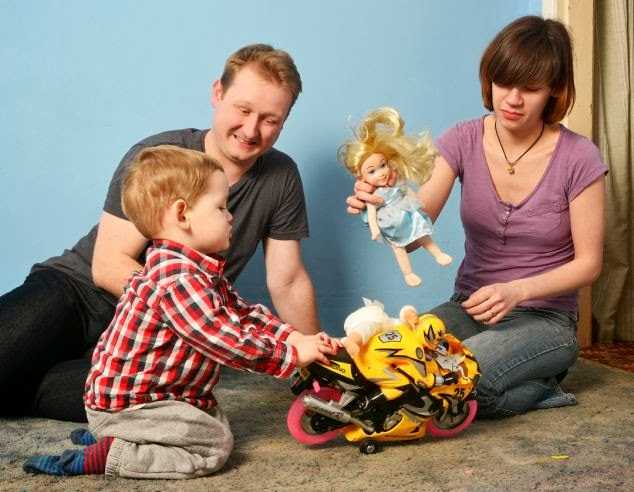
Keywords
gender, gender representations, play activity, younger preschoolersgender, gender representations, younger preschoolers, play activities
Similar items
Formation
gender identity in children preschool ...Democratization of relations of floors entailed a mixture of sexual roles, feminization of men and
In the younger groups, the primary identification and he is
Boy, game , child , , , ,
0, children kindergarten , gender approach, gender education. ..
.. Features of the formation of sex role
representations ...By the age of , the primary gender identity is formed in the child , when he knows about his gender belonging at the level of interaction with adults, when adults call him a boy or a girl, a daughter or a son, they lay. ..
Features
Gender Accessories Gaming ...Boldyrev, N. G. Features Gender accessories in Game Activities Preschool children / N. G. Boldyrev, O. V. Saprykina
Education children , taking into account their gender features designed to promote self-awareness child representation of this or. ..
..
Peculiarities of gender-role identity formation
...If sexual is absorbed almost immediately ( child know, a boy he or a girl), then
The problem of formation gender identity in preschool institutions
Boy, girl, Game , child , children kindergarten , gender approach, gender education...
Game as a means of developing gender-role identity children ...
Identification of a preschooler as a representative of a certain gender in play activities
Suslova E. K. Sexual education children preschool age / E.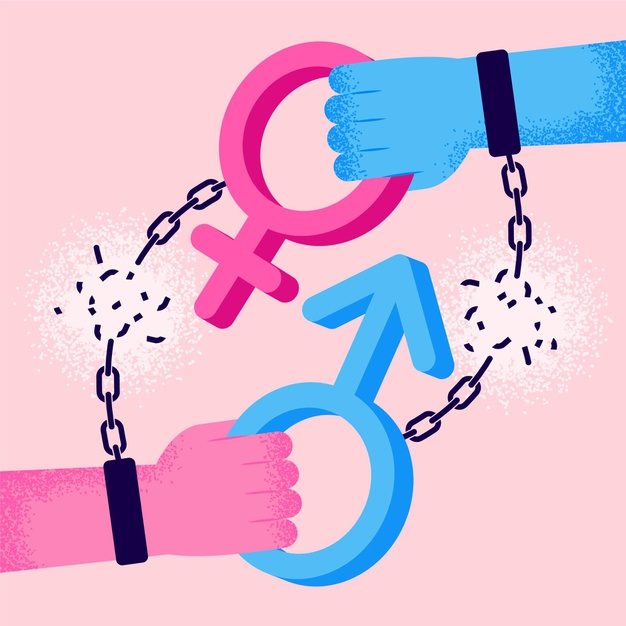 K
K
Child , Game , Game Activities , Junior Group, Preschool period, Children Garden ...
Gender aspect in education children senior preschool ...
Gender identity is a deep sense of belonging to one or another biological sex and socio-cultural gender , self-consciousness of a representative of this sex in the social environment. Gender identity identity, unlike biological sex...
Pedagogical conditions for the development of
gender identity ... Gender identity is established in both sexes by three years.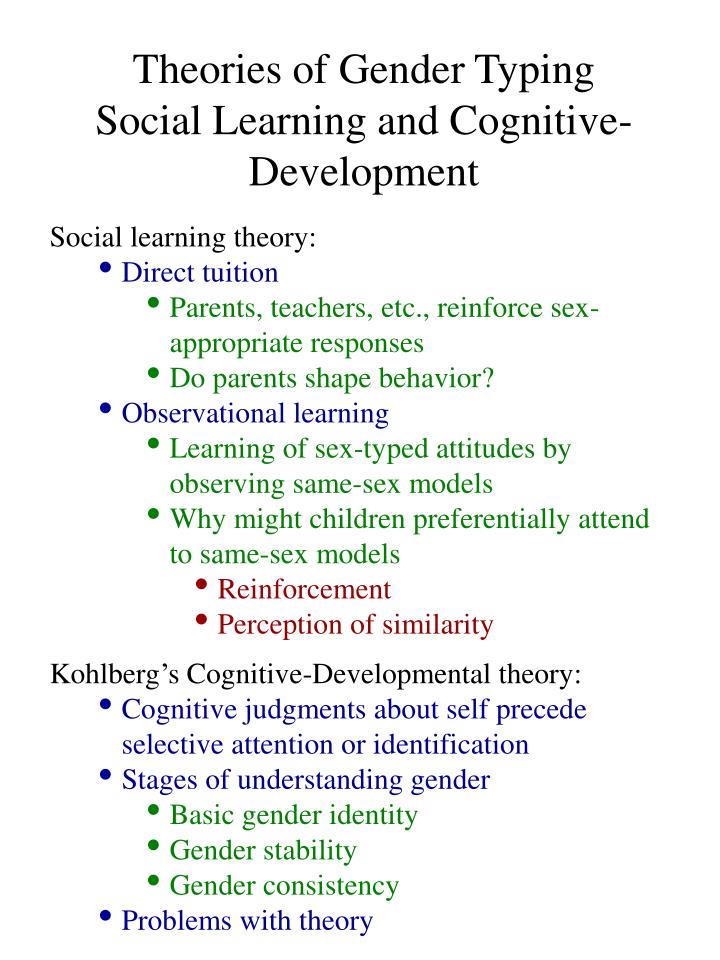 By the age of three child clearly distinguishes the sex of the people around him, but may not know what the difference between them is. By the age of 6-7 years children reach sexual constancy - understanding...
By the age of three child clearly distinguishes the sex of the people around him, but may not know what the difference between them is. By the age of 6-7 years children reach sexual constancy - understanding...
Pedagogical conditions for the formation of gender role ...
− gender identity — understanding of belonging to one's gender; the unity of consciousness and behavior of an individual who refers himself to one or another gender
At the age of children there is an active process of sexual , sex and age and gender identification .
Role-playing game
as a means of development gender ... Role-playing games corresponding to a specific gender child are considered.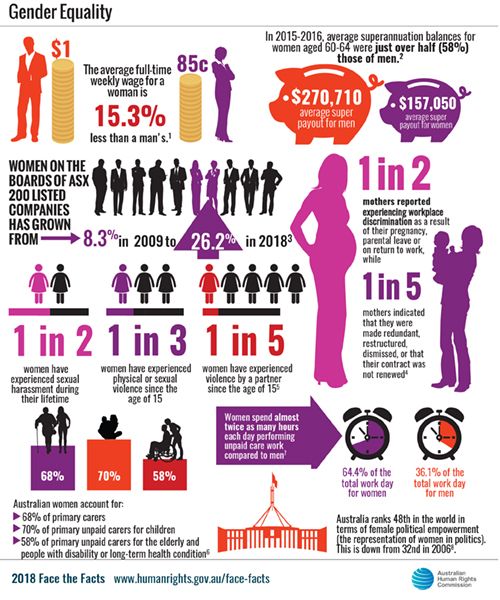
Bibliographic description: Ganieva, K. L. Role-playing game as a means of development gender representations in preschoolers / KL Ganieva.
Similar articles
Formation
gender identity in children preschool ...Democratization of gender relations led to the mixing of gender roles, the feminization of men and
In the younger groups, the process of primary sexual identification and he
boy, girl, game , child , child kindergarten , gender approach, gender education... Features of the formation of sex role representations ...
By the age of a child develops a primary sexual identity when he knows about his sexual accessories at the level of interaction with adults, when adults call him a boy or a girl, a daughter or a son, lay certain. ..
..
Features
Gender Accessories Gaming ...Boldyreva, N. G. Features gender belonging in play activities preschoolers / N. G. Boldyreva, O. V. Saprykina
Raising children taking into account their gender characteristics is designed to promote awareness of a child of himself representation of this or ...
Peculiarities of gender-role identity formation
...If the sexual role is assimilated almost immediately ( the child knows whether he is a boy or a girl), then
The problem of forming gender identity children in preschool institutions
Boy, girl, game , child , Children Garden , gender approach, gender Education .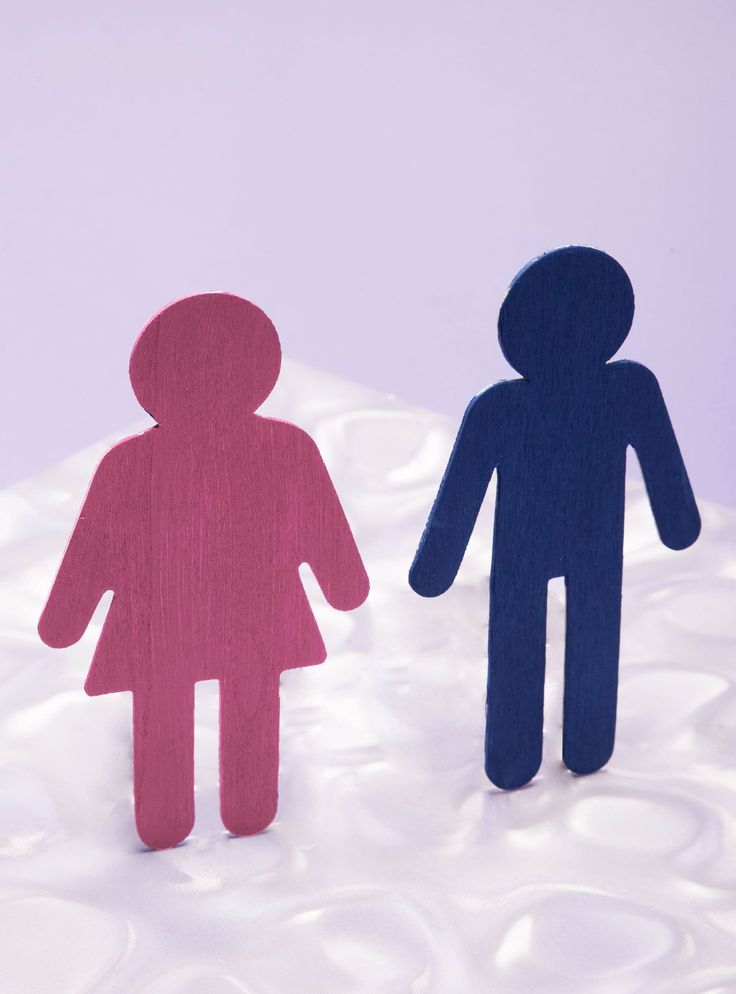 ..
..
Game as a means of developing gender-role identity children ...
Identification of a preschooler as a member of a particular gender at Game Activities
Suslova E.K. Sex Education children Preschool age / E. K
Child , Game , Activities , Junior Group, Junior Group, Younger Group, Younger Group, Younger Group, Younger Group, Younger Group, Younger Group, Younger Group preschool period, children kindergarten ...
Gender aspect in education children senior preschool ...
Gender identity is a deep feeling of belonging to one or another biological sex and sociocultural gender , self-consciousness of a representative of this sex in the social environment.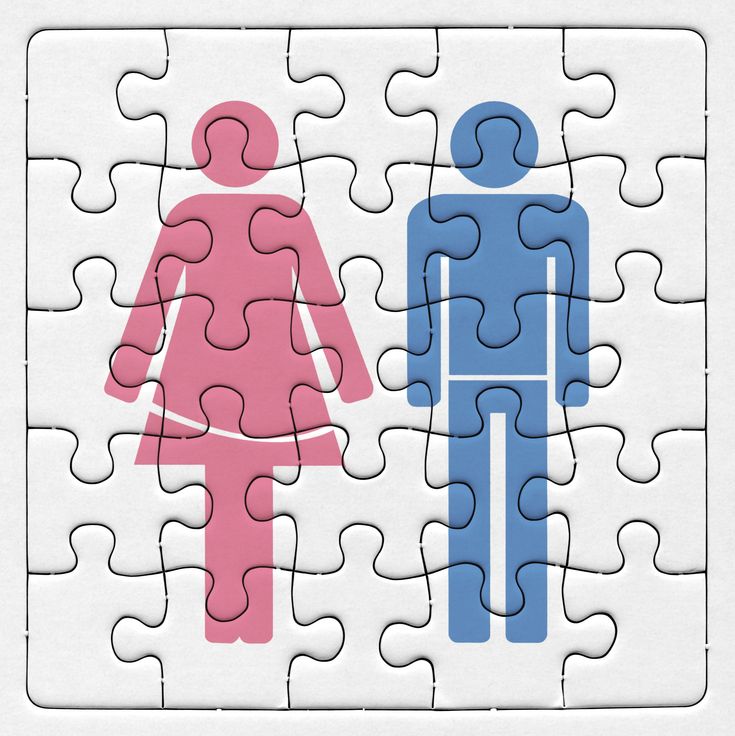 Gender identity identity, unlike biological sex...
Gender identity identity, unlike biological sex...
Pedagogical conditions for the development of
gender identity ...Gender identity is established in both sexes by three years. By the age of three, , child clearly distinguishes the sex of the people around him, but may not know what the difference is between them. By the age of 6-7 years children reach sexual constancy - understanding...
Pedagogical conditions for the formation of gender role ...
− gender identity - understanding belonging of oneself to a certain gender; unity of consciousness and behavior of an individual who considers himself to be of one sex or another
At the age of children an active process of sexual , sex and age and sex-role identification takes place.